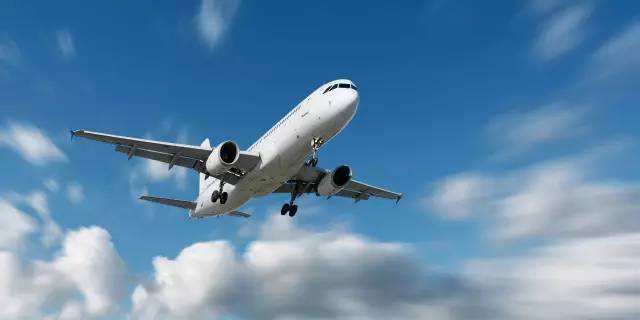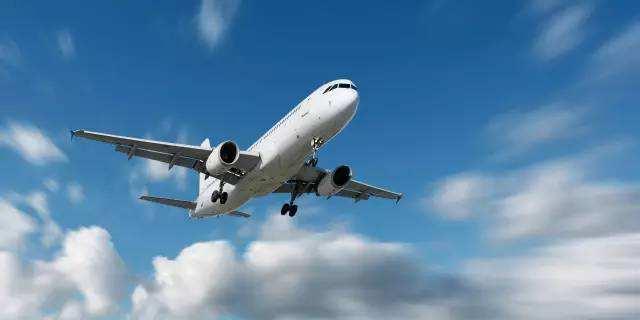
BEIJING, Jan. 29 (Xinhua) -- China had 26 airlines that operated air routes from 47 domestic cities to 80 cities of 35 countries along the Belt and Road by the end of 2017, said Li Jun, former Deputy Director of the Civil Aviation Administration of China and Chairman of China Air Transport Association.
Speaking at the 3rd Aviatic Silk Road International Forum on January 18, he said that the flight volume had increased by 120 percent compared with that at the end of 2013 when the Belt and Road Initiative was proposed, according to a report by the 21st Century Business Herald.
In fact, the construction of the Air Silk Road will not only promote China aviation industry’s participation in global competition but also help improve transportation in countries along the Belt and Road, drive local economic growth and achieve infrastructure connectivity.
-- Aviation leads the way
China's air traffic turnover registered an annual growth rate of 9.6 percent during 2011-2015. The figure is estimated to grow by 10.8 percent annually in 2016-2020, with the actual growth reaching 12.7 percent in 2016 and 2017, according to Li Jun, adding that China's total air transport volume is predicted to top the world before 2025.
Data by the Civil Aviation Administration of China shows the international air routes run by Chinese airlines increased to 778 by 2017 from 427 in 2013. In the summer-autumn flight season of 2017, there were 10,236 international flights operated by Chinese airlines every week, flying to 163 cities in 58 countries.
In particular, it is known that during the summer-autumn flight season of 2017, there were 26 Chinese airlines operate air routes from 47 domestic cities to 80 cities in 35 countries along the Belt and Road, with the flight volume increased by 120 percent compared with 2013. At the same time, 91 airlines of countries along the Belt and Road opened flights from 79 foreign cities to 45 Chinese cities, with flight volume increased by 57.7 percent over 2013.
The Air Silk Road would complement the maritime Silk Road Economic Belt and the land Silk Road thus broadening the whole network, according to Fred Lam, CEO of Airport Authority Hong Kong.
-- Challenged for smooth landing
The Air Silk Road construction still faces problems such low connectivity level, limited cooperation modes and insufficient integration currently in spite of the fruitful achievements , Li Jun said.
At this stage, we still need to expand the air route network for better accessibility, and proactively negotiate and sign air transport agreements and expand airline arrangements with countries along the Belt and Road, he said.
China should strengthen cooperation with civil aviation authorities of the countries along the Belt and Road, and support related sectors such as domestic aircraft and airport equipment, air traffic control facilities and equipment to go overseas, according to Zhou Wei, Chief Engineer of Ministry of Transport.
“The development of economic and trade cooperation zones and logistics parks will be the two important carriers for Chinese enterprises to expand globally in the near future,” said Zhang Yuzhong.
Li Jun also pointed out the necessity of developing aviation logistics. It is understood that the overall size of China's air freight is still small, and among China and the Belt and Road countries, the regular cargo flights operated by China's airlines are only 37 percent of those operated by foreign airlines.
CIPA is conducting researches on the role of aviation industry in carrying out the Belt and Road Initiative, which will become the new mode and new direction of the development of aviation industry, said Zhang Yuzhong, Deputy Director of China Investment Promotion Agency (CIPA) of the Ministry of Commerce.
“In the over 60 countries covered by the Silk Road, 90 percent of the airports are small scaled with passenger throughput less than 5 million and cargo less than 100,000 tonnes, Fred Lam pointed out.
However, it is such scale that presents opportunities for private enterprises. Li Qiang, chief strategist with Guangdong Longhao Aviation Group, believes that according to the 13th Five-Year Plan at provincial and municipal levels, the number of China’s general airports will reach 740 in the next ten years, which means that there will be 700 more ports; a considerable part of these ports will be located along the Air Silk Road and effectively connect to small and medium-sized overseas airports. (Edited by Niu Huizhe, niuhuizhe@xinhua.org)




 A single purchase
A single purchase









